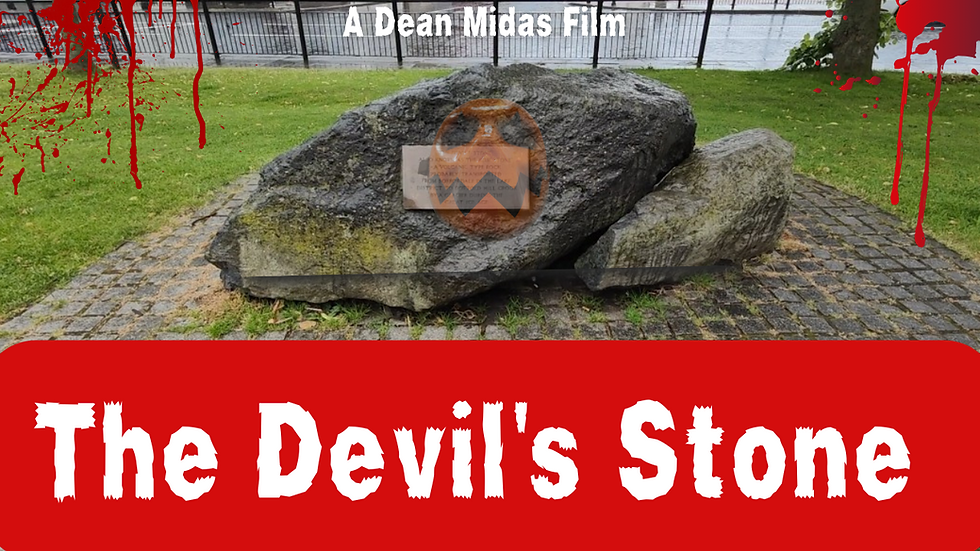The Making Of Husbands- Christina Ramberg In Dialogue At Baltic Gateshead
- Darkus
- Sep 23, 2020
- 3 min read
Updated: Sep 25, 2020

Being able to tread those beach coloured wooden boards of The Baltic Centre for Contemporary Art, at last, brought nothing but relief and hope. With three exhibitions to choose from currently, The Making Of Husbands- Christina Ramberg In Dialogue was initially programmed for spring 2020; we got there in the end, and it was worth the wait. Into the familiar yet impressive glass elevator I went, rising, rising, rising above that touching view of the bridges and river Tyne, to Level 3. I have missed this.
It was last fresh November when I was reeling from another female luminary, Judy Chicago, examining her legacy in the very same institution, and now claiming their moment in the light is Christina Ramberg. Part of The Chicago Imagists: students originating from the Art Institute of Chicago in the late 1960s, she was a prominent and greatly respected figure in the creative community of the state until her passing in 1995.
Many of her drawings and paintings throughout her career depicted the human body in differing states questioning gender construction, hierarchies, desire, and power dynamics, amongst more elements. For this show, The Making Of Husbands takes inspiration from the 1970 BBC documentary of the same name that explores how our surroundings construct our behaviour and our expectations of how we ought to behave. Ramberg feels that clothing, objects, and the environment is our frame, starting with the undergarments we adorn.
I entered; I started my path. Two feminine works acknowledge a retro feel, yet hold the striking graphic boldness of today; they cross the line of art where messages and meanings need to be sought, but also could sit proudly on a domestic wall. Probed Cinch is a charming depiction of how lacing up a corset transforms the lines of the body. It is tight, restricting, and uncomfortable, but the lady is willing to go through that to present an image or persona to the world, red nails, and delicious red hair add to the sensuality. Going one step further, Black Widow shows a woman pulling on a top to cover all of the lingerie below, to create an illusion of oneself and not disclose the truth.

The male paintings use a tribalistic, natural colour pallet and omit a voodoo presence and quality. Torsos to the thighs are featured in an angular fashion, bound and wrapped by various materials. Wilful Excess, Vertical Amnesia, and several others show how the natural state metamorphoses and changes with society’s pressures. This did create a reflection of our communities and how we feel the relentless requirements from the modern world to look a certain way. How much is deep-rooted in ourselves, and how much is how we want people to perceive us? Christina’s sketches, in differing sizes, are all around the space to relish.

Ana Pellicer focuses on surrealism and excessiveness in everyday items. Here we see a large-scale copper ring exclusively designed for New York’s Statue of Liberty, showing idealism and how embellishment can instil confidence and personality, even to a non-living thing. Vest –red/grey by Diane Simpson appears to be in art deco style, but shows contrast by using materials that don’t seem to belong to the genre. No bodies present, they have slipped away, found freedom, but the garment stands strong, bringing home that personality is found in the person and not inanimate things.

Stereotypical gender roles are apparent and, also, liberation from the expected. I immensely admired Alexandra Bircken’s INXS mannequin paying tribute to not only the Australian rockers but the motorcycle brand IXS. Thick leather covers every inch of flesh, protecting the body, yet restraining it too. Sexes have been blurred, with the long, blonde extensions suggesting androgyny. Disturbing, looped video installation The Spark Between L and D, by Kathleen White, refers to the Aids crisis and the role of women within it. She models a uniform covered with international flags, hurts her bloodied face, then bandages up the mess. It shows failure and, unfortunately, not success.
With more sculptures, paintings and installations to discover, The Making Of Husbands is a calm atmospheric, subtle slow burner. It's not a overtly emotional stirrer when you are there, more that, after reflection, it resonates and asks questions of you. Who has created the ‘norm’ body shape? Why do we want to adapt ours so much, or even at all? It makes us feel good when we look good, and there is nothing wrong with that in the slightest, but where have these ideals originated? Food for thought, and although it brings pleasure for me to dress up, this offers courage to know I am what I am.
19 September 2020 – 21 February 2021
Article by Beverley Knight
.png)



Comments